Your Cart is Empty
Free Shipping over $150 (Excludes Oversized Products)
Free Shipping over $150 (Excludes Oversized Products)
Sanding Belts
Sanding Discs

How To Mirror Polish A Knife Blade
by David Kranker 4 min read

Quick Summary
A mirror polish can be accomplished with mechanical and chemical polishing. With the mechanical polishing steps, you carefully grind the metal surface to remove rust and corrosion and reveal the clean layer underneath. You can then use polishing fluids and solutions to remove oxides from the knife's surface and leave a clean and shiny finish.
Jump To:
- What Is Mirror Polishing?
- Reasons To Mirror Polish A Knife
- Guide To Mirror Polishing a Knife
- Step-By-Step Guide For Polishing
Applying a mirror polish does more than make your blade look sleek and attractive. Although many knife owners assume that sharpening their blades is enough to keep them cutting cleanly, taking the extra step of polishing reduces the risk of premature dulling.
Mirror finishes are typically reserved for show pieces, because even a small amount of use can blemish the finish. Nevertheless, mirror polish finishes look incredible and they are absolutely worth the extra effort. In this guide, the abrasive specialists at Red Label Abrasives outline the importance of mirror polishing your knife and how to do it the right way.
What Is Mirror Polishing?
The purpose of polishing a knife is to remove the imperfections from the surface and buff it for a smooth finish. Mirror polishing takes it a step further by achieving a highly smooth metal surface first by mechanical and then by chemical means. The result is a pristine finish that could double as a mirror (hence the name).
Mechanical Polishing
With the mechanical polishing steps, you carefully grind the metal surface to remove rust and corrosion and reveal the clean layer underneath. The goal is to get the blade smooth enough to support a clean and reflective surface.
Chemical Polishing
Chemical polishing uses polishing fluids and solutions to remove oxides from the knife's surface and leave a clean and shiny finish.
Reasons To Mirror Polish A Knife
Mirror polishing your knife has many benefits. When the blade is already sharp, applying a mirror enhances its cutting ability. If you use your knives for food preparation, for example, you can cut steaks, vegetables, and fruit and leave less residue than you would on an untreated blade.
Here are a few reasons why you should mirror polish a knife:
- Push-cutting: A mirror-polished knife outperforms a rusty or toothy edge when push-cutting. Push cutting is often used in shaving, chopping, and carving applications. Performing these tasks does not require force, but rather a highly refined and polished edge.
- Aesthetics: A mirror-polished edge is aesthetically pleasing. The secret to increasing the value of your knives lies in proper polishing.
- Reduced Friction: A polished knife has a smooth bevel that reduces friction when cutting. Steaks, vegetables, and anything else you cut will glide right through it. By reducing blade friction, the wear of the knife is reduced, which increases its durability.
- Clean Cutting: Clean cuts are necessary when slicing more delicate food such as fish and ripe tomatoes. A mirror polished knife won't crush or tear any of these foods, making meal preparation easier.
Guide To Mirror Polishing a Knife
One of the biggest prerequisites for proper mirror polishing is using the right tools. Below is an overview of the items you’ll need for mechanical and chemical polishing.
Mechanical Tools And Materials
- Sandpaper
- Buffing polishing wheels
- Gloves and dust mask or face shield
- Wheel rake
- Wire wheels
- Soft, medium and hard density felt wheels.
- Clamps
- Files
Chemical Polishing Compounds
- Polishing fluid for stainless steel
- Polishing solution
- Grinding fluid
- Greaseless compounds such as Plasticlad
- Lubricants (with greaseless compounds, use Lubar)
- Grease-based compounds such as Emery and Tripoli do an excellent job of removing fine scratches
- Zam and Fabulustre for eliminating residue and adding a protective coating to the blade
Abrasive Materials We Carry For The Job
Step-By-Step Guide For Polishing
So now that you have tools and materials, let's move on to the process of mirror polishing. It starts with removing surface imperfections and ends with a clean finish.
Step 1: Rough Grinding
Use sandpaper or medium-density felt wheels to remove rough and irregular surfaces from the blade. The goal is to remove any unwanted, unsightly marks from the knife surface and get rid of accumulated rust. If you’re restoring an old knife that has deeper marks and scratches, consider switching to hard density felt wheels.
Step 2: Fine Grinding
The first step leaves deep wear scratches on the knife's surface. During the next stage of grinding, you remove these marks so you can prepare the knife for a mirror surface. To avoid adding even more unwanted spots to the blade at this stage, consider using a soft buffing wheel.
To minimize fine polishing work later, spend more time on fine grinding. Use grease-based chemical compounds such as Emery and Tripoli: both do a great job of eliminating those fine scratches from the knife's surface.
Step 3: Polishing
Polishing is the final step to getting a shiny mirror finish on a knife. For best results, use a stainless steel polishing fluid: it’s simple to prepare and apply and the outcome is usually stellar.
- Using a ratio of 1:20, add hot water to a metal cleaning solution
- Add the polishing fluid to the mixture and combine for a minimum of five minutes
- Roll the blade through the mixture before washing clean
- Dry the blade
- Apply Fabulustre and Zam to give the knife a completely smooth appearance
Once you’ve mastered these steps, you’ll create a mirror polish that improves both the appearance and operation of your blades. With regular maintenance, your knives will have a look and functionality that a master craftsman would envy.
Mirror Polishing Begins With a Superior Abrasive
A perfect mirror polish is both an art form and a science that wouldn’t be possible to achieve without the right materials. Using quality abrasives for grinding and polishing is essential. Red Label Abrasives manufactures sanding belts, sanding sheets, and other abrasives that prime and polish metal surfaces. We also sell dedicated knife making kits that can turn metal pieces into attractive and functional blades. To learn more about our abrasives or place an order, please call 844-824-1956 or fill out our contact form.
ABOUT THE AUTHOR
David Kranker is a writer and creative maker who has been covering the abrasive and knife-making industries on the Red Label Abrasives Blog since 2020. David spends his time continually researching sanding and bladesmithing to provide readers with the latest and greatest information. In his free time, David utilizes abrasives for many different home and auto projects at his home in Delton, MI.
Belt Packs Made For Knife Makers
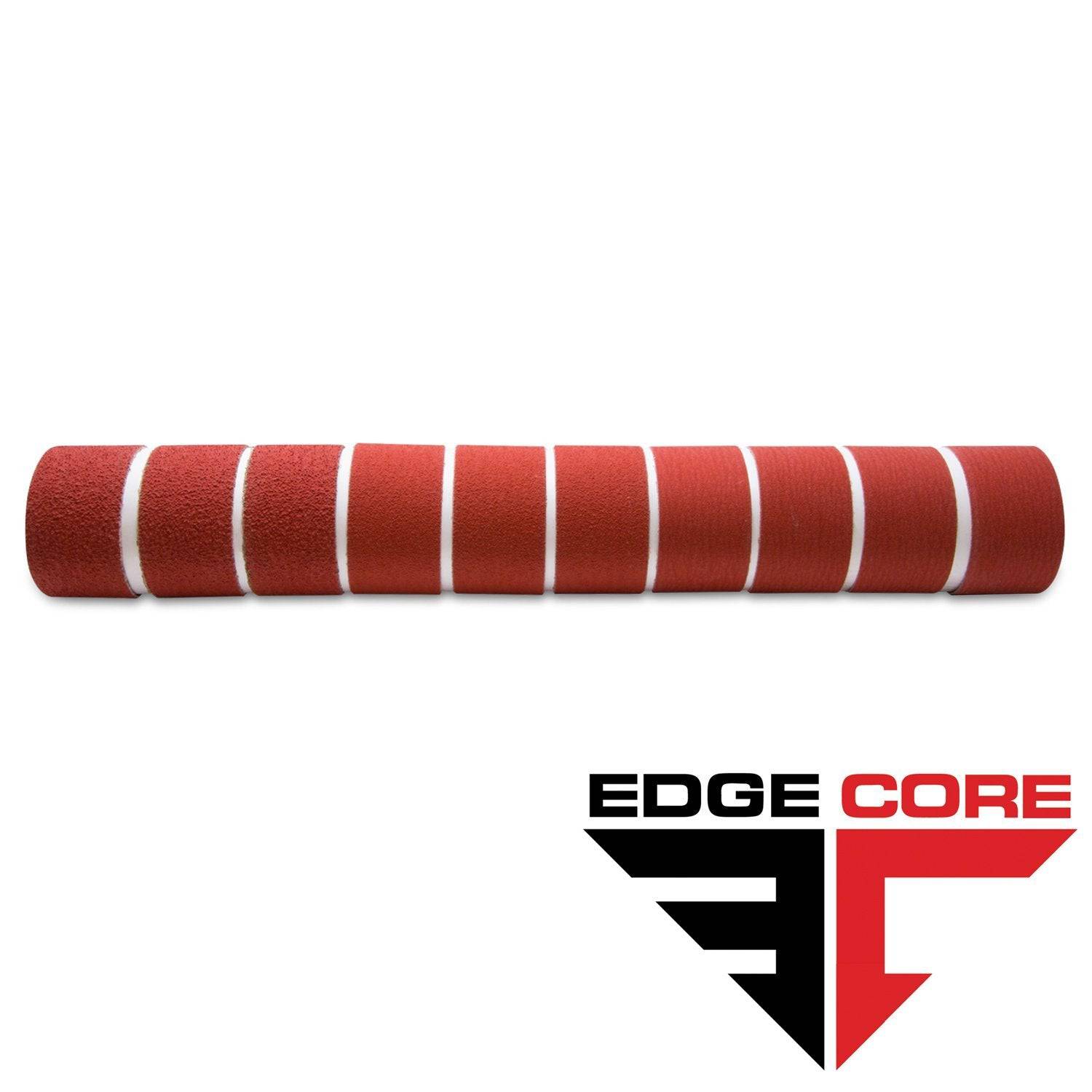
2 X 72 Inch Knife Makers Sanding Belts Assortment
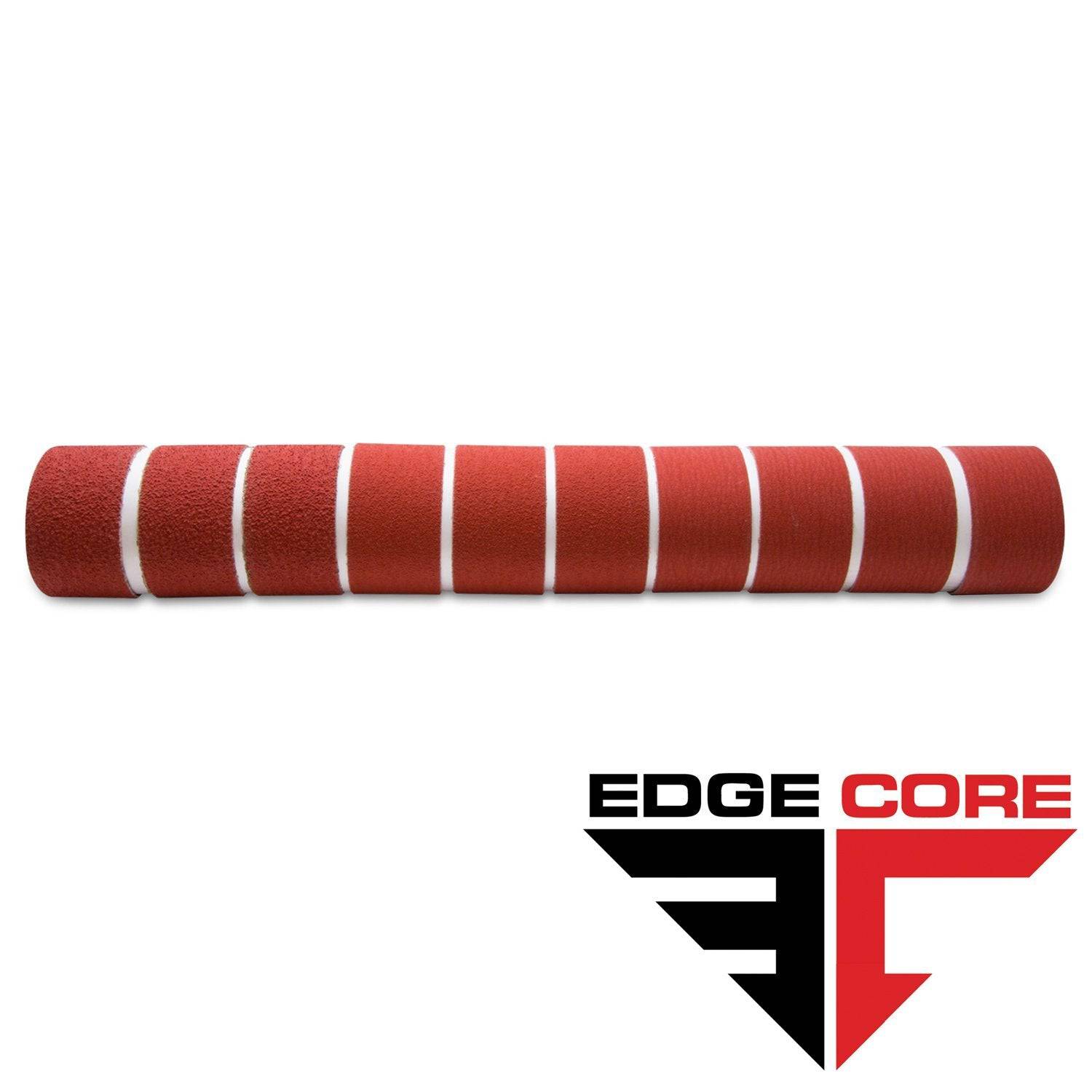
2 X 60 Inch Knife Makers Sanding Belts Assortment
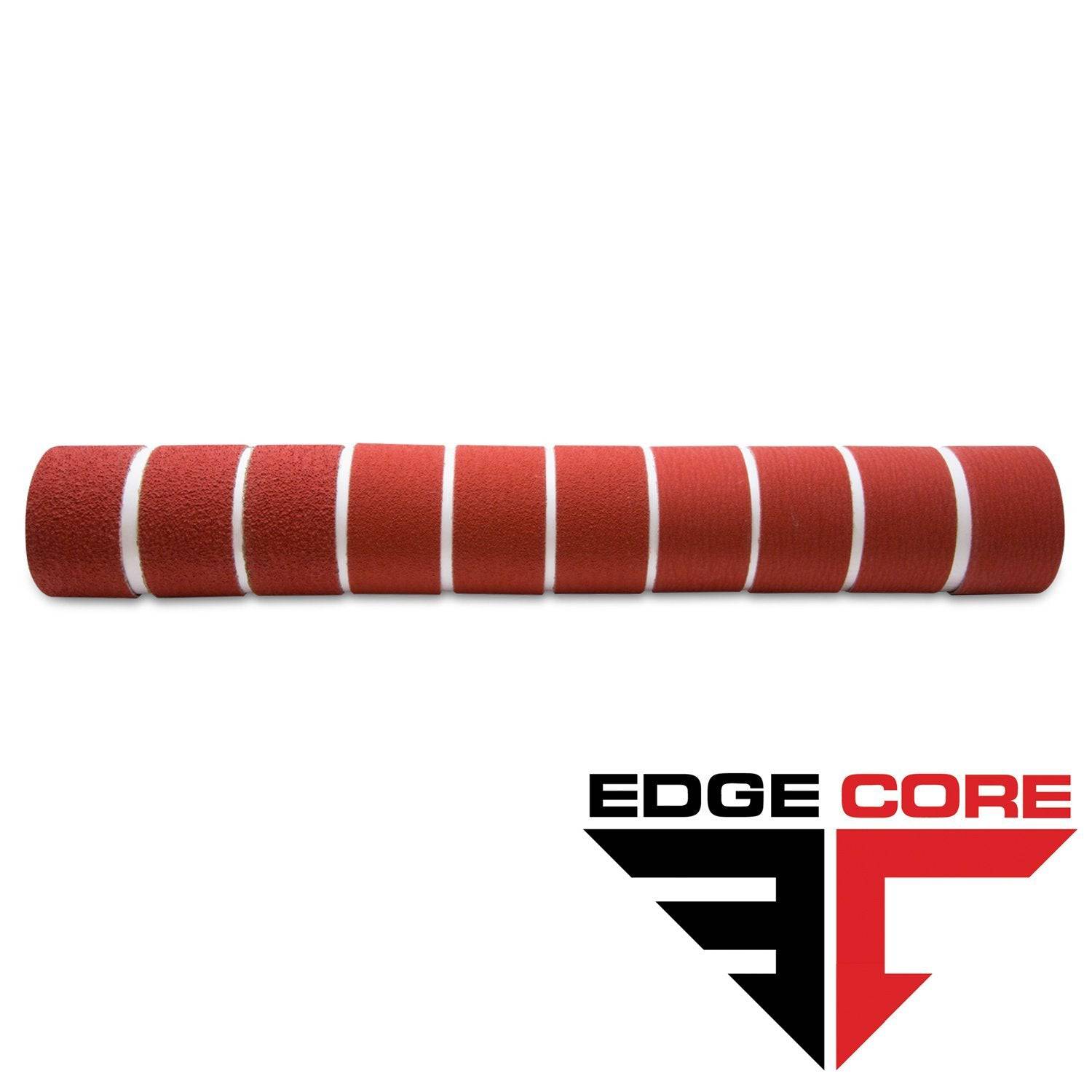
2 X 48 Inch Knife Makers Sanding Belts Assortment
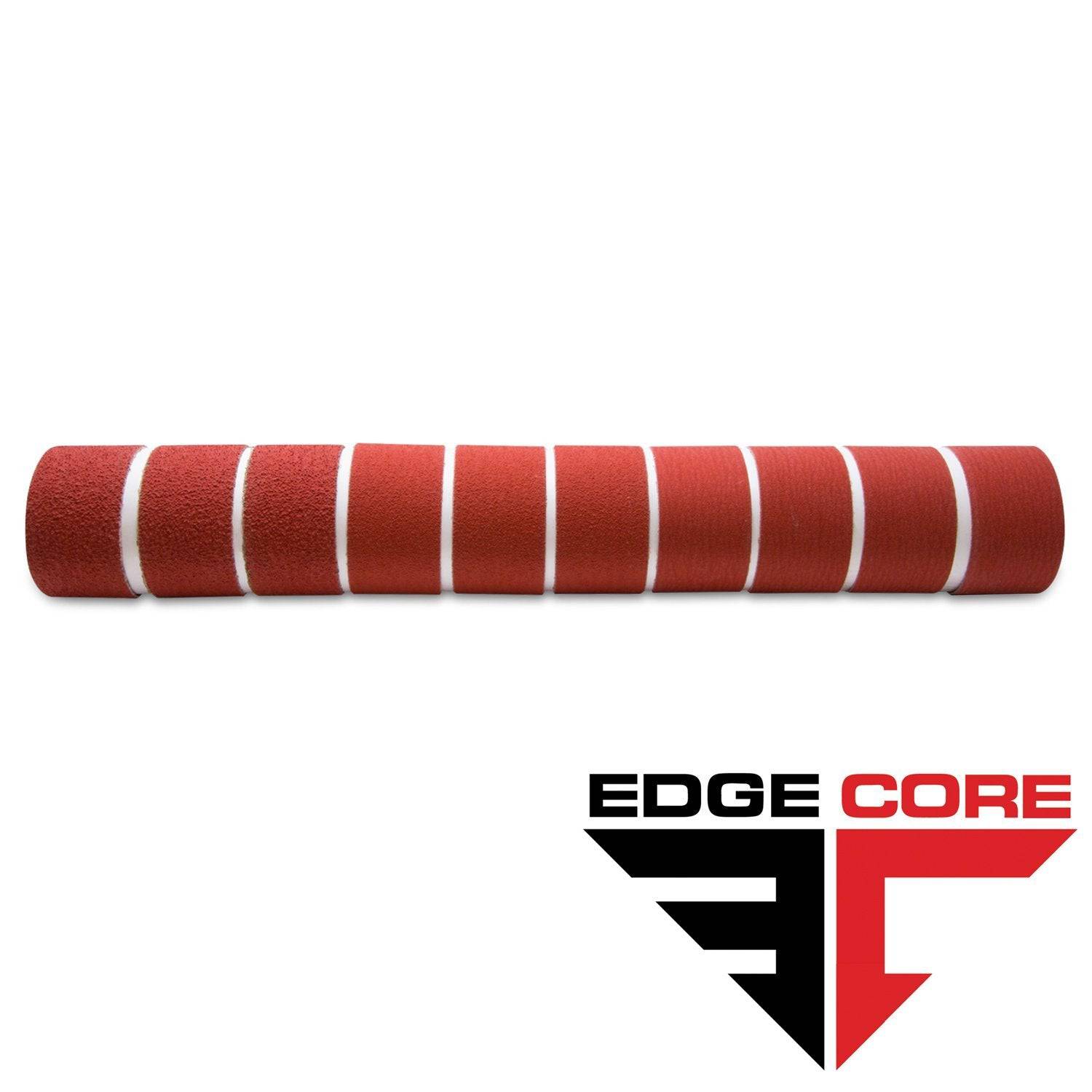
2 X 36 Inch Knife Makers Sanding Belt Assortment
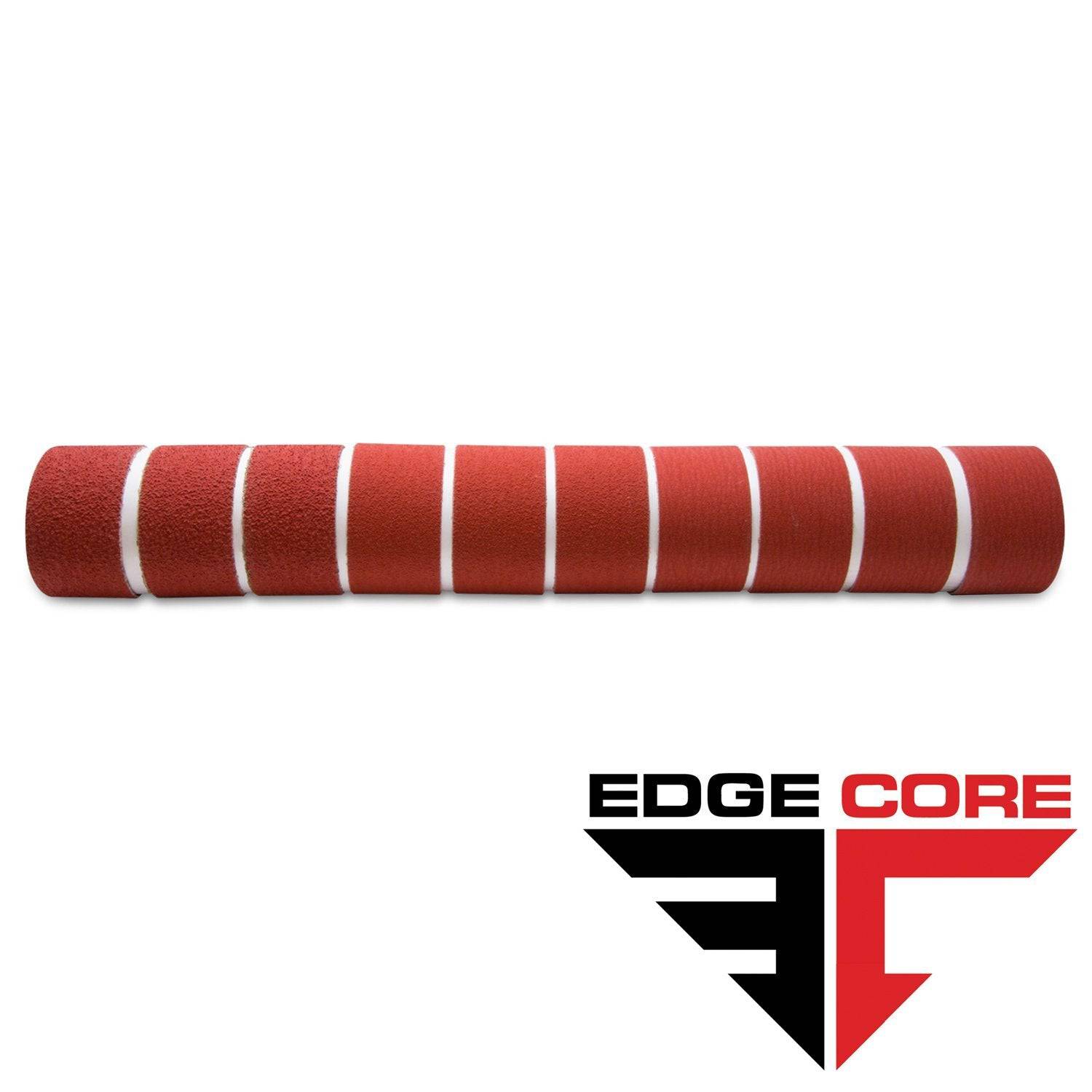
2 X 42 Inch Knife Makers Sanding Belts Assortment
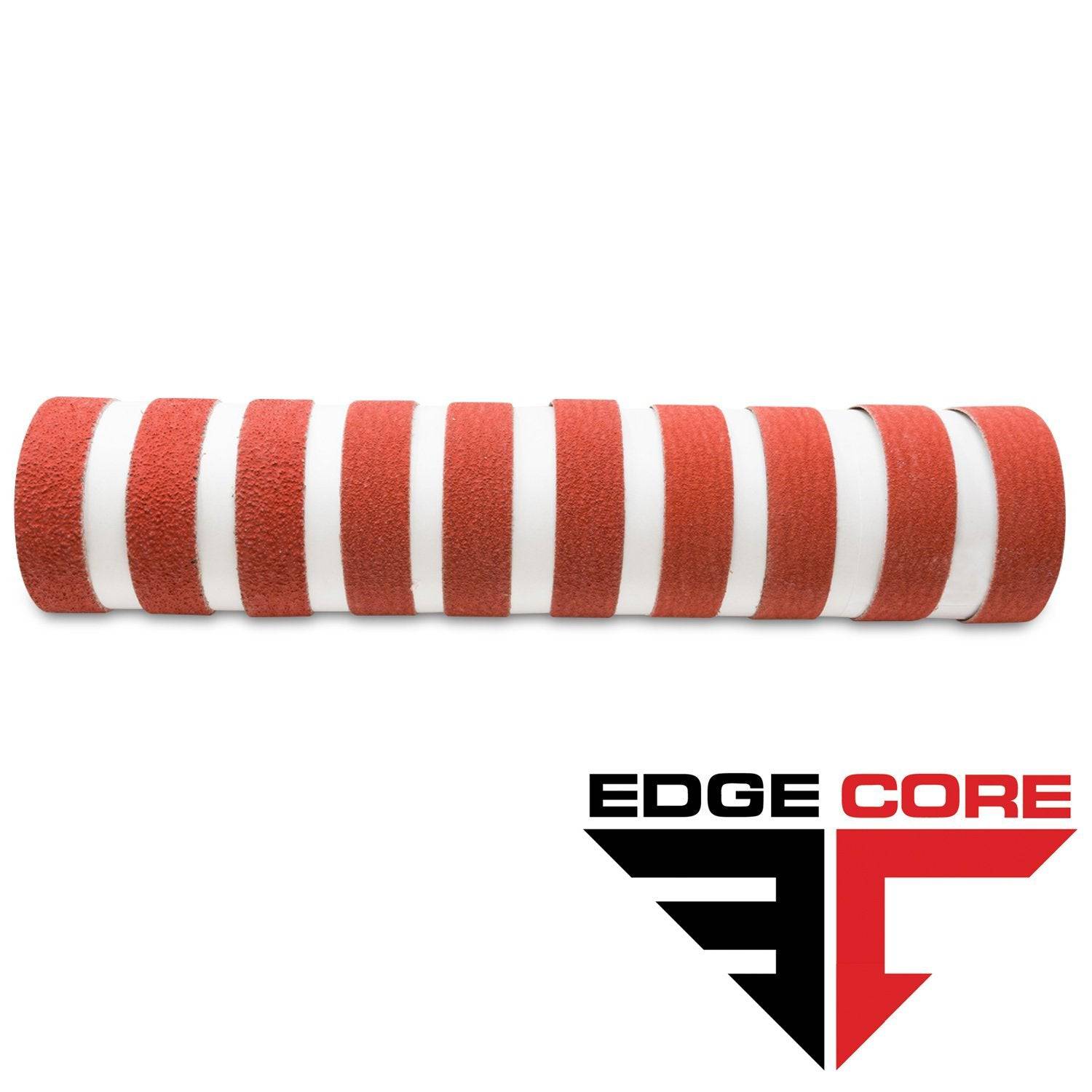
1 X 30 Inch Knife Makers Sanding Belts Assortment
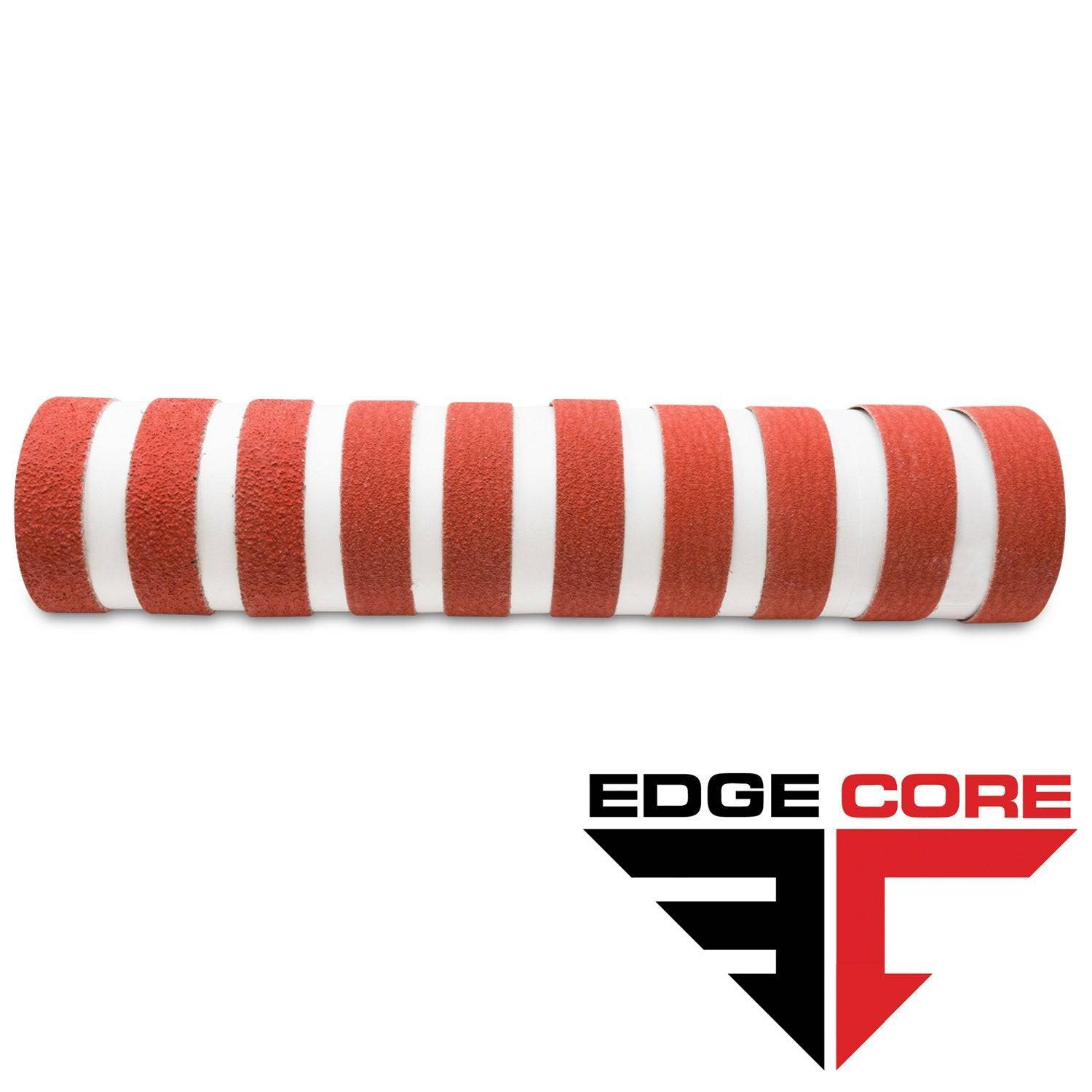
1 x 42 Inch Knife Makers Sanding Belt Assortment
Shop By Product Category





Why Choose Red Label?








